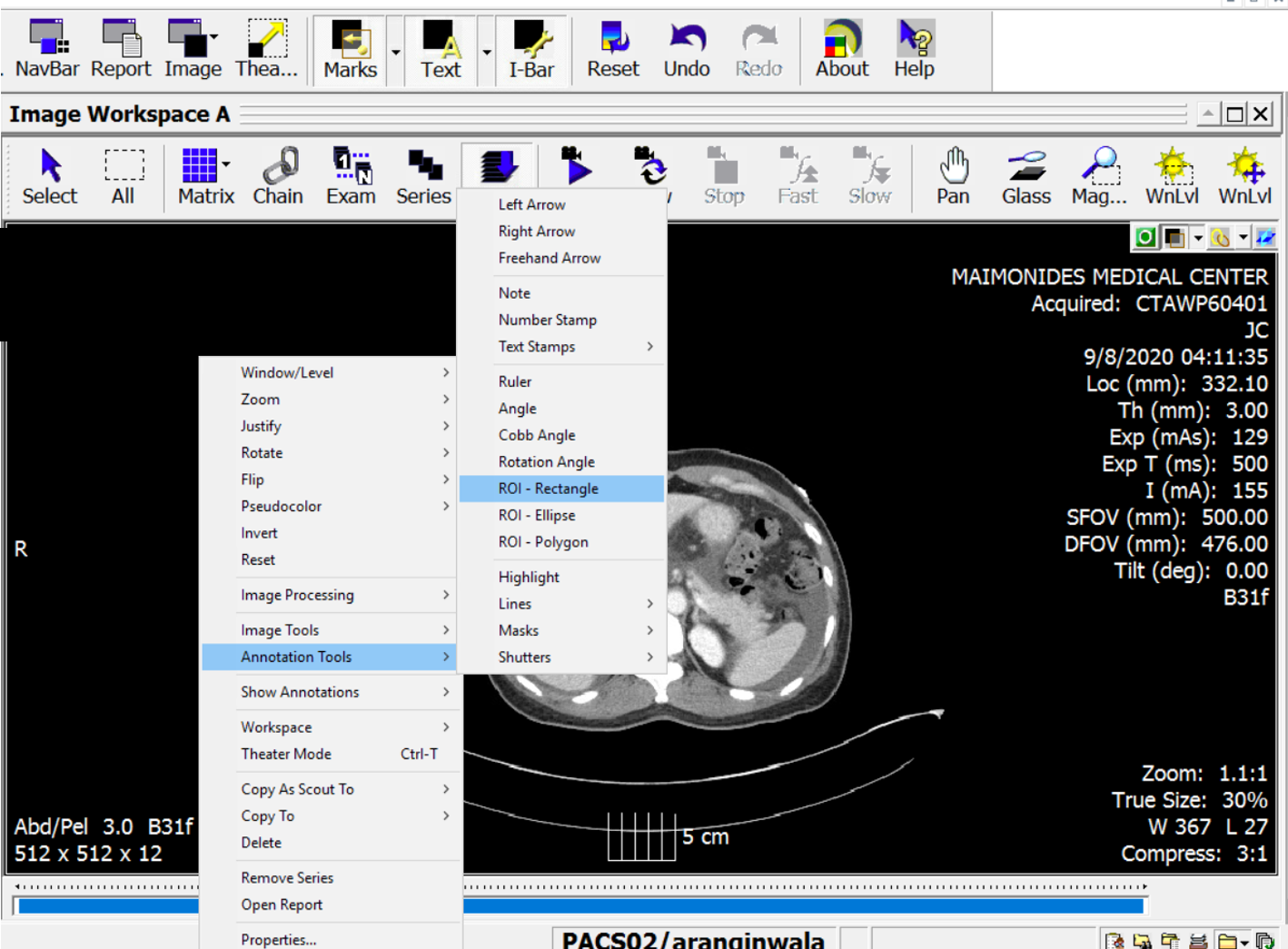A prior allergic-like reaction to IV iodinated contrast is the most substantial risk factor for a recurrent reaction.
Up to 35% of patients will experience a recurrence if no premedication prophylaxis is given
Patients with a prior mild reaction have a very low risk < 1% chance of developing a moderate or severe reaction
It is currently controversial weather premedicating before a contrast study prevents a recurrent allergic reaction.
A randomized control study showed that premedication decreased the rate of allergic-like reactions in patients exposed to older high osmolar iodinated contrast. This is not directly related to the current contrast medium that is used.
Another study was performed that looked at low-osmolar iodinated contrast which we currently use and the study showed decrease in overall rate of allergic type reactions of mild reactions but no there was no statistically significant difference for moderate or severe reactions.
Recommendations:
o For patients with prior mild reactions (limited hives/itching, limited cutaneous edema, itchy/scratchy throat, nasal congestion, sneezing/conjunctivitis, rhinorrhea) either no premedication prophylaxis or premedication consisting only of an antihistamine prior to planned imaging study.
Rationale for this:
Mild allergic reactions typically do not require medical treatment
Patients with mild reactions have a low risk of developing moderate or severe future reactions
Effectiveness of steroid prophylaxis for preventing this type of reaction is uncertain
One study actually showed that for patients with prior mild reactions they had less severe reactions when only antihistamine was administered rather than steroid + antihistamine.
In patients with history of prior moderate or severe prior allergic-type reaction or patients with whom the severity of a prior allergic-type contrast reaction is unknown should receive oral premedication with a corticosteroid and an antihistamine beginning 12 hours prior to expected contrast administration. For patients in need of emergent imaging there are accelerated premedication protocols.
General Guidelines at MMC:
Mild Reaction: no pre-medication
Moderate Reaction: pre-medicate and/or use a different contrast agent
Severe: Do not give contrast unless there has been an attending level discussion with both the primary team and radiology attending that the benfit outweighs the risks and documentation for the reason of administration of contrast is done.
Our Policies at MMC
Adult Routine Premedication:
o 50mg Prednisone PO 13, 7, and 1 hour before administration of contrast
o 50mg diphenhydramine IV/PO within 1 hour of the injection
Adult Faster Premedication (no evidence of efficacy at less than 4 hours)
o 200mg hydrocortisone IV every 4 hours prior to administration of IV contrast
o 50mg diphenhydramine IV/PO within 1 hour of the injection
Pediatric Routine Premedication (
o Prednisone 0.7mg/kg (not to exceed 50mg) PO or IV 13, 7, and.1 hour prior to administration of contrast
o Diphenhydramine 1mg/kg IV/PO (not to exceed 50mg) within 1 hour of the injection
Pediatric Faster Premedication
o Hydrocortisone 2mg/kg (not to exceed 200mg) IV every 4 hours prior to administration of contrast
o Diphenhydramine 1mg/kg IV/PO (not to exceed 50mg) within 1 hour of the injection
The minimum amount of time needed for steroids to be effective based on previous studies is administration of steroid at least 4 hours prior to administration of contrast.
If you are every unsure the best thing to do is page our radiology colleagues and have a discussion with them. Many institutions have different protocols for premedicating patients for contrast studies so make sure to get familiar with whatever protocol the hospital has. Below is some common standard protocols used at other institutions.
Below are some other common combinations done at other institutions
Prior Mild Contrast Reaction - Premedication Protocol
Adult or Pediatric Patients > 50kg
No premedication OR
Premedication with antihistamine
Cetirizine (Zyrtec) 10mg by mouth 1 hour prior to imaging
Pediatric Patients < 50kg
No premedication OR
Premedication with antihistamine
Certerizine (Zyrtec)
Children 6 years and above: 10mg by mouth 1 hour prior to study
Children 2-5 years: 5mg by mouth 1 hour prior to imaging study
Children < 2 years do not use certirizine
Prior Moderate, Severe, or Unknown Severity Contrast Reaction - Premedication Protocol
Adult or Pediatric Patients > 50kg
Premedication with corticosteroid and antihistamine
Methylprednisolone (Solu-Medrol) 32mg by mouth 12 hours and 2 hours prior to imaging AND
Certirizine 10mg by mouth 1 hour prior to study
Pediatric Patients < 50kg
Premedication with corticosteroid and antihistamine
Methylprednisolone 1mg/kg (up to 32mg)_by mouth 12 hours and 2 hours prior to imaging AND
Certirizine
Children 6 years and above: 10mg by mouth 1 hour prior to study
Children 2-5 years: 5mg by mouth 1 hour prior to imaging study
Children < 2 years do not use certirizine
IV Alternatives for Patients Who CANNOT Take Oral Medications
Adult or Pediatric Patients > 50kg
Corticosteroid
Hydrocortisone 200mg IV 12 hours and 2 hours prior to imaging.
Antihistamine
Diphenhydramine 50mg IV 1 hour prior to study
Pediatric Patients < 50kg
Methylprednisolone 1mg/kg (up to 32mg) IV 12 hours and 2 hours prior to imaging
Diphenhydramine 1mg/kg (up to 50mg) IV 1 hour prior to study
Accelerated Premedication Protocol
Adult or Pediatric Patients > 50kg
Premedication with corticosteroid and antihistamine
Hydrocortisone 200mg IV 5 given 5 hours and 1 hour prior to imaging AND
Benadryl 50mg IV given 1 hour prior to imaging study
Pediatric Patients < 50kg
Premedication with corticosteroid and antihistamine
Methylprenisolone 1mg/kg (up to 32mg) IV 5 hours and 1 hour prior to imaging study AND
Diphenhydramine 1mg/kg (up to 50mg) IV 1 hour prior to imaging study
References:








